Introduction
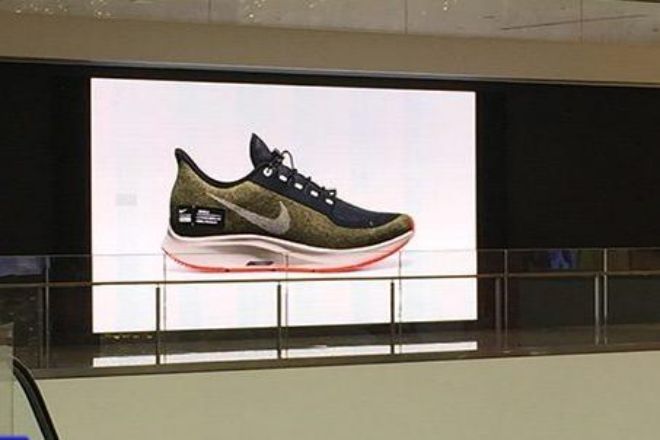
In today’s pursuit of personalization and ultimate experience, LED display screens are not only a carrier of information but also a stage for showing creativity and brand charm. However, in the face of diverse application scenarios and unique needs, standardized LED display screens often seem to be unable to cope with the situation.
This is why customized LED display screens have become the darling of the new era. This article will take you directly to the essence of customized LED display screens and reveal how they can satisfy your every imagination and need with their unique charm.
1. Let the LED display screen perfectly match the application scenario
In the process of customizing LED display screens, it is crucial to achieve perfect integration with the installation environment.
This not only affects the visual effect of the display screen but also directly affects the overall beauty and the experience of the audience. The following is an in-depth analysis of this process:
1). Comprehensive evaluation of environmental factors
First, the customization team will conduct a comprehensive evaluation of the installation environment, including light conditions, space size, viewing distance, surrounding environment color, and style.
These factors will directly affect the setting of key parameters such as brightness, contrast, and color saturation of the display screen.
2). Accurately adjust display parameters
- Brightness and contrast:
For indoor environments, such as conference rooms, due to the relatively dim light, a lower brightness setting will be selected during customization to avoid glare and ensure the clarity of text and images.
In outdoor environments, billboards, high-brightness, and high-contrast displays are required to cope with strong direct sunlight and ensure that the content is clearly visible at all times.
- Color saturation:
Adjust the color saturation of the display according to the color of the environment and the characteristics of the content to be presented.
For example, when a bright and vivid picture is required, the color saturation will be increased; when a soft and comfortable atmosphere is required, it will be appropriately reduced.
The pixel pitch directly affects the clarity of the display. In indoor conference rooms and other close-up viewing occasions, a low-pixel-pitch display will be selected to ensure clear text and delicate images.
In stadiums and other long-distance viewing occasions, although the pixel pitch will be relatively large, the ultra-large size and high-resolution design can still meet the viewing needs of the audience.
3). Customized design and installation
- Border color and material:
Customize the border color and material of the display according to the decoration style and color matching of the installation environment.
For example, in an indoor conference room, the border color can echo the wall or furniture of the conference room to achieve visual harmony and unity.
- Shape and size:
Customize the shape and size of the display screen according to the space size and shape characteristics of the installation location.
In outdoor billboards, more eye-catching and attractive shapes, such as arcs, trapezoids, etc., may be selected to maximize the advertising effect. In sports stadiums, oversized display screens may need to be customized to meet the needs of audiences watching from a distance.
- Protection performance:
For outdoor display screens, it is also necessary to strengthen waterproof, dustproof, anti-corrosion and other protective measures to ensure that the display screen can work normally in bad weather.
This includes the use of special waterproof materials and structural designs, as well as the installation of dustproof nets and protective covers.
4). Actual case description
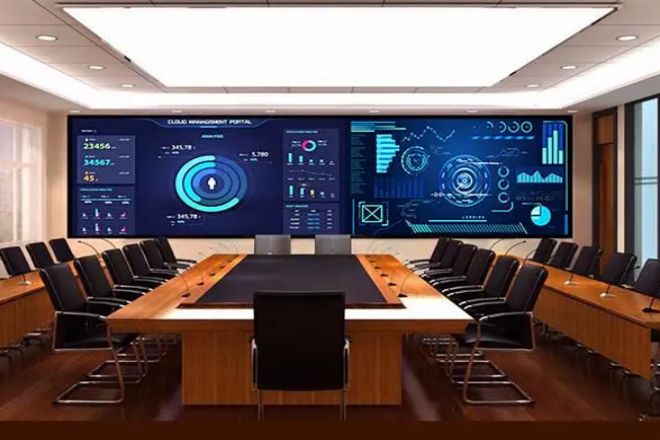
- Indoor conference room:
A typical case is to customize a high-resolution, low-pixel-pitch LED display screen for the center of a corporate conference room.
The display screen can not only clearly display PPT, video and other conference content, but its border color and material also match the decoration style of the conference room, creating a professional and harmonious meeting atmosphere.
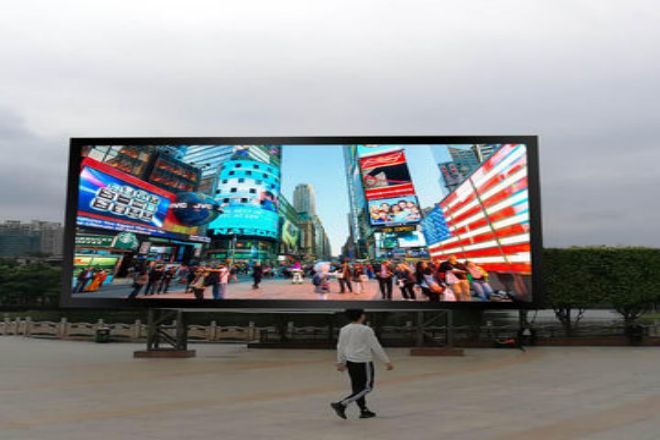
- Outdoor billboards:
Customized high-brightness, high-contrast LED billboards can often be seen in busy commercial districts or beside highways.
These billboards are not only clearly visible in the sun during the day but also automatically adjust their brightness to adapt to changes in ambient light at night.
At the same time, their unique shape and size design also attract the attention of many pedestrians and vehicles.
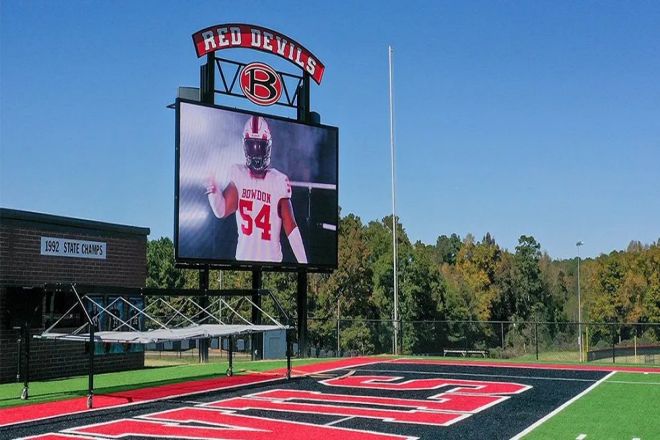
Customized super-large, high-definition LED screens have become standard in stadiums. These screens can not only replay the highlights of the game in real-time but also interact with the audience, such as displaying the results of audience voting or participating in-game challenges.
These features greatly enhance the audience’s viewing experience and make stadiums more attractive and competitive.
2. Improve the performance and efficiency of LED screens
Customized LED screens show significant advantages in improving performance and efficiency, which is mainly reflected in the optimization of key parameters such as display brightness, contrast, refresh rate, and customized design of cooling systems and power management solutions.
1). Optimization of key parameters
- Brightness adjustment:
Customized LED screens can accurately adjust the brightness according to the light conditions of the installation environment.
Indoor screens are usually set at a lower brightness to avoid glare, while outdoor screens require high brightness to ensure a clear display under strong light.
For example, the brightness of the display screen in an indoor conference room can be set between 200-800 nits, while that of an outdoor billboard can reach 5000-6000 nits.
- Contrast enhancement:
Through customization, the contrast setting of the display screen can be optimized to make the picture more vivid and layered.
High contrast helps to improve the clarity of text and images, especially when displaying dark colors or complex patterns. Generally speaking, the contrast of indoor displays is above 3000:1, while the contrast of outdoor displays is higher.
- Refresh rate enhancement:
The refresh rate is an important factor affecting the smoothness of dynamic images. Customized LED displays can adjust the refresh rate according to the needs of the displayed content to ensure smooth and smooth images without smearing.
For scenes that need to display fast-paced content, such as stadiums or stage performances, high refresh rates (such as ≥1960Hz) are essential.
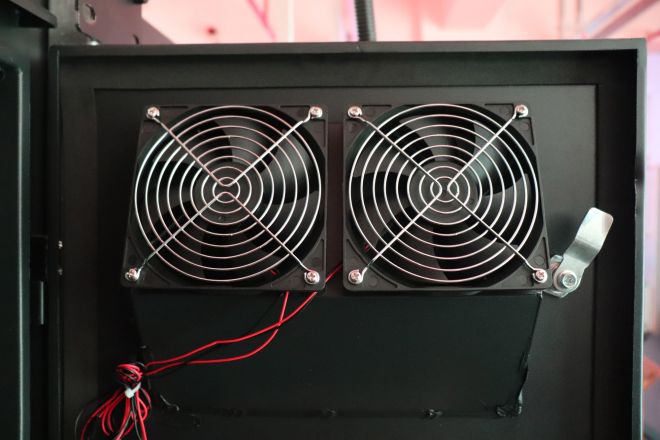
2). Customization of cooling system
The effectiveness of the cooling system directly affects the life and operating stability of the display screen.
Customized cooling systems can design reasonable cooling solutions based on the actual size, power, and working environment of the display screen, such as using efficient heat sinks, fans, or liquid cooling systems.
By optimizing the heat dissipation design, the operating temperature of the display can be reduced, reducing the performance degradation and shortened life caused by overheating.
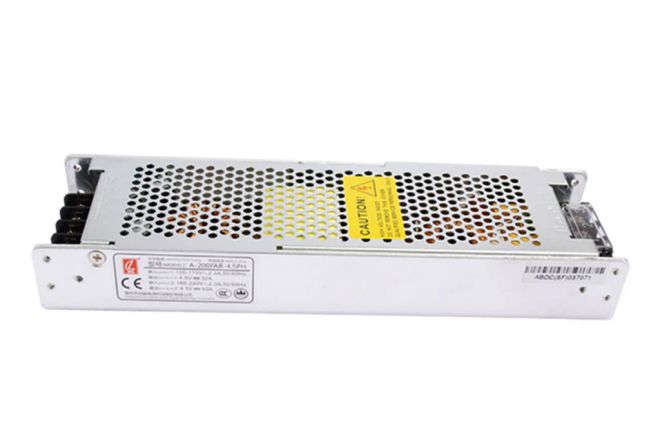
3). Customization of power management solutions
Customizing power management solutions is also an important means of improving the performance and efficiency of the display. Reasonable power management strategies include selecting high-quality power supply equipment, optimizing the layout of power supply lines, and adopting energy-saving power control technology.
In addition, intelligent sleep and wake-up functions can be set according to the use of the display to further reduce energy consumption. By customizing the power management solution, not only can the operating efficiency of the display be improved, but also the operating costs can be significantly reduced.
3. Enhance the user experience of LED display screens
Customized LED display screens can significantly improve the audience’s participation and satisfaction through their powerful content playback system and rich interactive functions, bringing users an unprecedented experience.
1). Customized content playback system
The customized content playback system can be tailored according to user needs to achieve accurate communication and flexible display of information.
This system not only supports video, pictures, and text content in multiple formats but also automatically adjusts the playback content according to time, location, audience group, and other conditions to ensure the timeliness and pertinence of the information.
Case Study: Customized Information Release System
In public places such as airports and subway stations, customized information release systems play an important role.
These systems can update practical information, such as flight information, subway arrival time, weather forecast, etc., in real-time, providing passengers with convenient travel services.
At the same time, the system can also play corresponding promotional videos or advertisements according to holidays, special events, etc., to create a strong festive atmosphere or event atmosphere.
This customized information release method not only improves the efficiency of information dissemination but also enhances the travel experience of passengers.
2). Interactive function
In addition to the content playback system, the customized LED display screen also has rich interactive functions, which can attract the audience to actively participate and enhance entertainment and interactivity.
By integrating hardware devices such as touch screens, cameras, sensors, etc., the display screen can achieve real-time interaction with the audience, such as game challenges, lucky draws, questionnaires, etc.
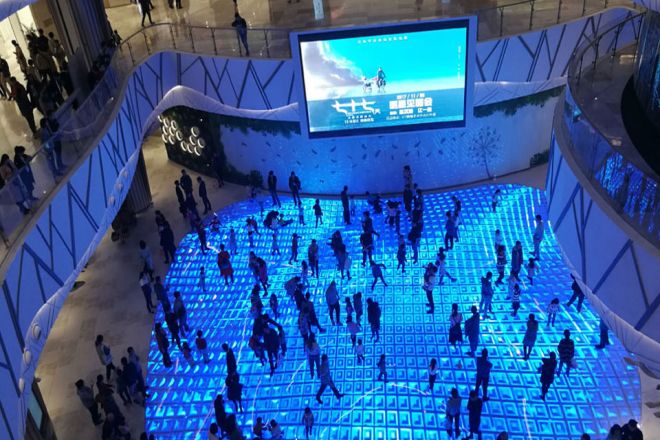
3). Case Study: Interactive Game Screen
In entertainment venues such as shopping malls and amusement parks, interactive game screens have become a new favorite to attract customers. These screens attract customers to stop and participate by designing various interesting games and challenges.
For example, a treasure hunt game based on a touch screen is set up in a shopping mall, and customers can participate in the game by touching the screen to find treasures hidden in the mall.
This interactive method not only increases the shopping pleasure of customers but also promotes the flow of people and commodity sales in the mall.
- Comprehensive improvement of user experience
Through the combination of customized content playback system and interactive functions, customized LED display screens can bring users an all-round experience improvement. The audience is no longer a passive receiver of information, but becomes an active participant.
They can choose to watch content according to their interests and needs, participate in interactive games, and enjoy a more personalized and interesting viewing experience.
In addition, customized LED display screens are also highly flexible and scalable. With the continuous advancement of technology and changes in user needs, the functions and content of the display screen can be continuously upgraded and expanded, always keeping pace with the times and user expectations.
This continuous innovation and upgrading ability is also a major advantage of customized LED display screens in user experience.
4. Manufacturing cost control and resource optimization of LED display screens
In the process of customizing LED display screens, cost control and resource optimization are key aspects to ensure the economy and sustainability of the project.
Customized LED display screens can indeed help reduce the cost of the buyer in many aspects. Although this does not mean that the supplier’s cost will definitely be reduced, customization can usually bring higher efficiency and more optimized resource allocation, which indirectly benefits both parties. The following are some key aspects of how customization can help reduce the cost of the buyer:
1). Avoid over-buying:
Through customization, buyers can accurately match their actual needs and avoid purchasing oversized or undersized displays, thereby saving unnecessary expenses.
For example, if the buyer only needs a small indoor display to display product information, it will be more economical to customize a small-sized display than to purchase a large display and then use only part of it.
2). Reduce operating costs:
When customizing LED displays, they can be optimized for specific usage environments and needs, such as adjusting parameters such as brightness and color temperature to adapt to indoor or outdoor lighting conditions.
This helps reduce the energy consumption of the display and thus reduces operating costs. In addition, customized cooling systems and power management solutions can also improve the operating efficiency of the display, further reducing operating costs.
3). Improve return on investment:
Customized LED displays are usually better able to meet the specific needs of buyers, such as brand promotion, product display, information release, etc.
This helps to enhance brand image, attract customer attention and increase sales, thereby improving return on investment. When the display can achieve these goals more effectively, its cost is more reasonable relative to the benefits it brings.
4). Reduce the cost of later adjustments and maintenance:
If the buyer chooses a non-customized display and finds that it cannot meet certain specific needs later, additional adjustments or upgrades may be required.
These additional costs may increase the overall cost. Through customization, the buyer can ensure that the display meets its needs from the beginning, thereby reducing the cost of later adjustments and maintenance.
5). Quick response to market changes:
Customized LED displays are generally more flexible and can quickly adjust content and layout according to market changes.
This helps buyers respond quickly to market trends and consumer needs, thereby maintaining competitiveness and reducing losses caused by market changes.
5. Implementation points of customized LED display
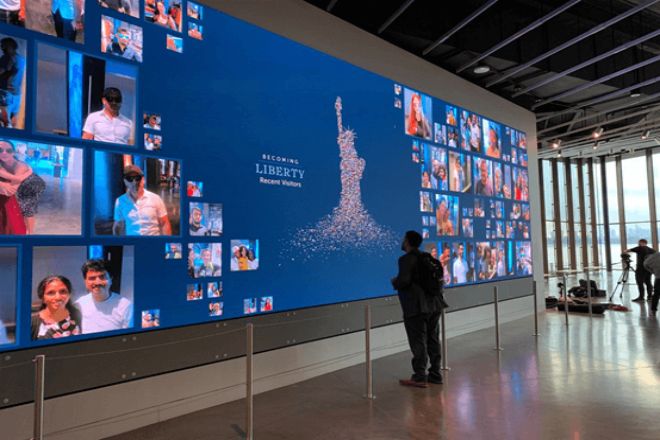
The implementation points of customized LED displays are the key to ensuring that the project goes smoothly and meets customer needs. Here are a few important implementation points:
1). Provide accurate size information
Dimension accuracy: When customizing LED display screens, the size information provided must be accurate. This includes the length, width, height, and possible special shape requirements of the display screen.
Accurate size information helps suppliers accurately design and produce display screens to avoid subsequent problems caused by size mismatch.
2). Clarify your own needs
Demand analysis: Customers need to clarify their needs before customization, including but not limited to the following aspects:
Use scenario: Understand whether the display will be used in indoor or outdoor environments in order to choose the right materials and technologies.
Display effect: Determine the required resolution, brightness, color reproduction, and other key indicators to meet specific visual needs.
Control method: Clarify the control method of the display, such as whether remote control, intelligent control and other functions are required.
Budget: Set a reasonable budget range to obtain the best cost-effectiveness within limited funds.
Conclusion
With the continuous advancement of technology and the continuous transformation of the market, customized LED display screens are blooming in various fields with their unique advantages.
From commercial advertising to public information display, from entertainment performances to live sports events, customized LED display screens have brought unprecedented visual feasts to the audience with their excellent display effects, high flexibility, and adaptability.
At the same time, it also provides enterprises and institutions with powerful brand promotion and information dissemination tools to help them stand out in the fierce market competition.
Finally, if you want to know more about LED display screens, please get in touch with us.
